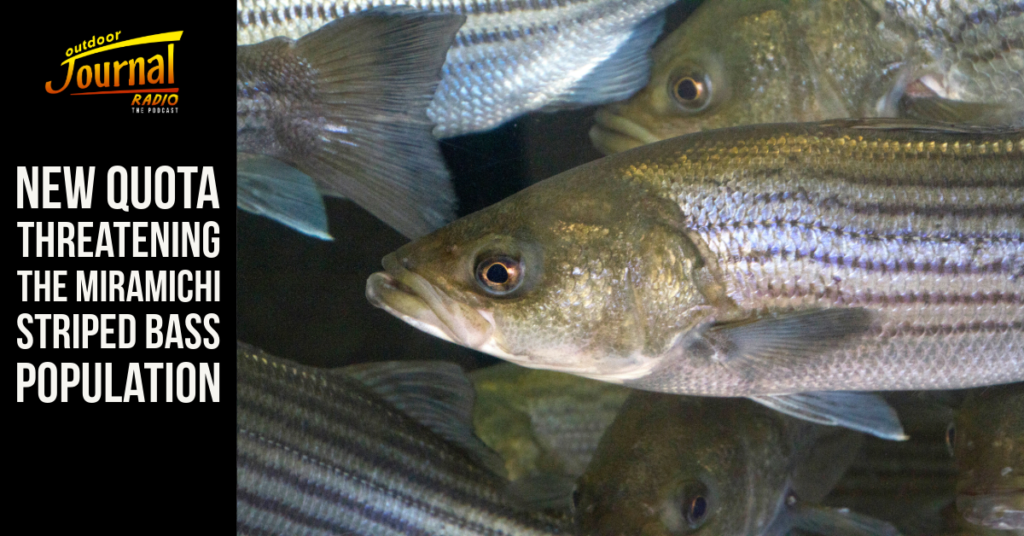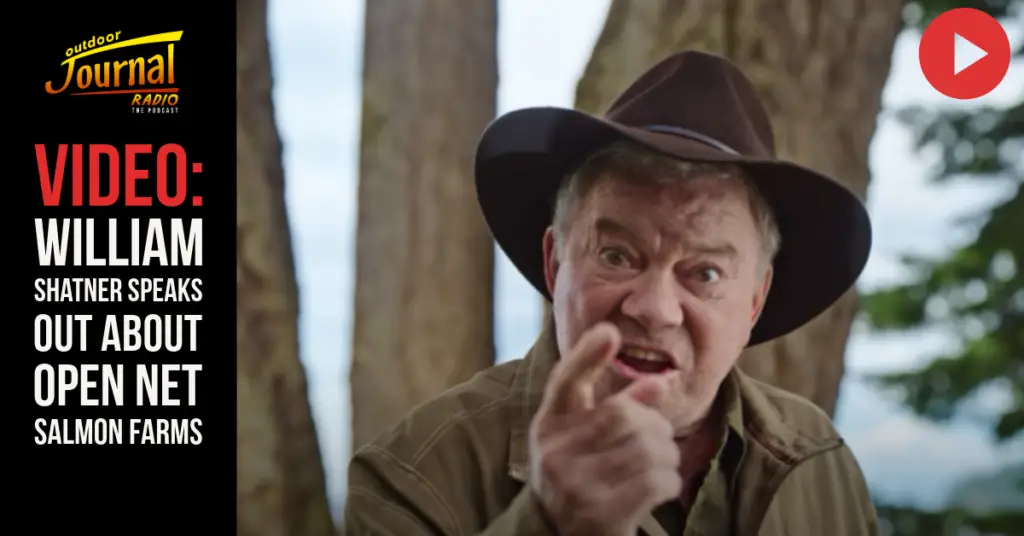Fisheries and Oceans Canada is sounding the alarm over what it characterizes as a concerning surge in illegal fishing activity within specific British Columbia waters designated for the protection of finfish.
According to the department’s announcement on Thursday, DFO officers have recently witnessed a substantial increase in unlawful harvesting within the Rockfish Protected Areas located in the Indian Arm region.
Even though certain species of rockfish are labeled as “of special concern” under the federal Species at Risk Act, it’s crucial to emphasize that these protected areas are intended to safeguard all finfish, including pink salmon.
“By engaging in this illegal activity, recreational anglers are not only breaking the law, but also seriously compromising the long-term sustainability of at-risk rockfish populations,” DFO said in the release.
The Indian Arm, known as səl̓ilw̓ət by the Tsleil-Waututh people, is a fjord extending northward from the Burrard Inlet, with its path encompassing Deep Cove, Belcarra, and Mount Seymour Provincial Park.
The tidal waters in the vicinity of Vancouver and its suburbs are presently accessible for pink salmon fishing, as the species is deemed “abundant” during this season. However, it’s important to note that fishing for pink salmon is prohibited within the Rockfish Protected Areas.
DFO reported that its officers have recently issued citations to several anglers and confiscated illicit catches within these zones.
“It’s an amazing sight,” fishery officer Trevor Castagnar said of the pink salmon migration into səl̓ilw̓ət.
“There’s a lot of fish moving around and with that comes fishing activity (in the) closed area, which is why we’re here.”

Tens of millions of pink salmon are currently spawning along the south coast of British Columbia. However, this angler’s paradise is also causing some confusion about the specific locations where these fish can be legally caught.
Castagnar stated that he and another officer intercepted two recreational fishing boats. The operators of these vessels were unaware that they were fishing for salmon within a Rockfish Protected Area, and as a result, they were issued warnings.
While the officers place a strong emphasis on providing educational information, Castagnar emphasized that all license holders carry the responsibility of being well-informed about the terms and conditions of their licenses.
The federal department characterizes rockfish as having a slow growth rate and reproductive cycle, with certain species living for as long as 100 years. Their limited movement within their habitats renders them especially vulnerable to the impacts of fishing.
In British Columbia waters, there exist 38 different rockfish species safeguarded by 162 Rockfish Conservation Areas, spanning a total of 4,800 kilometers along the coastline.
Fishery officer Nicole Thom urged local fishermen to check the DFO website for information regarding the locations of the three Indian Arm Rockfish Protected Areas.
“You can do crabbing and prawn fishing in those areas, but nothing rod and reel,” she explained.
Thom explained that certain anglers in the region have unintentionally captured rockfish as bycatch. In such cases, the penalties are left to the discretion of the individual officer. For those found fishing within the protected areas, fines begin at $575. However, individuals with multiple offenses may face increased fines and the possibility of their boat being seized.








